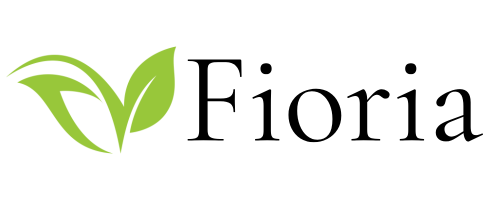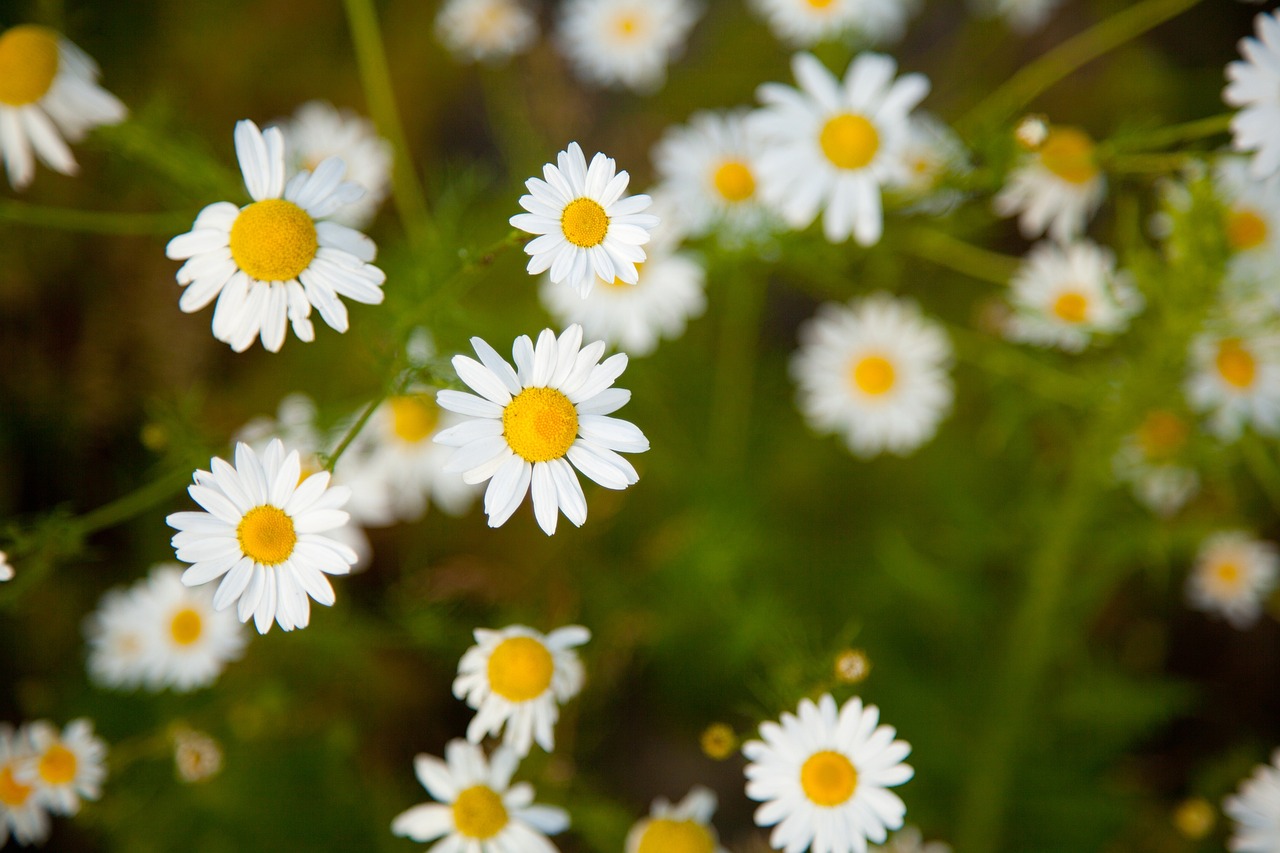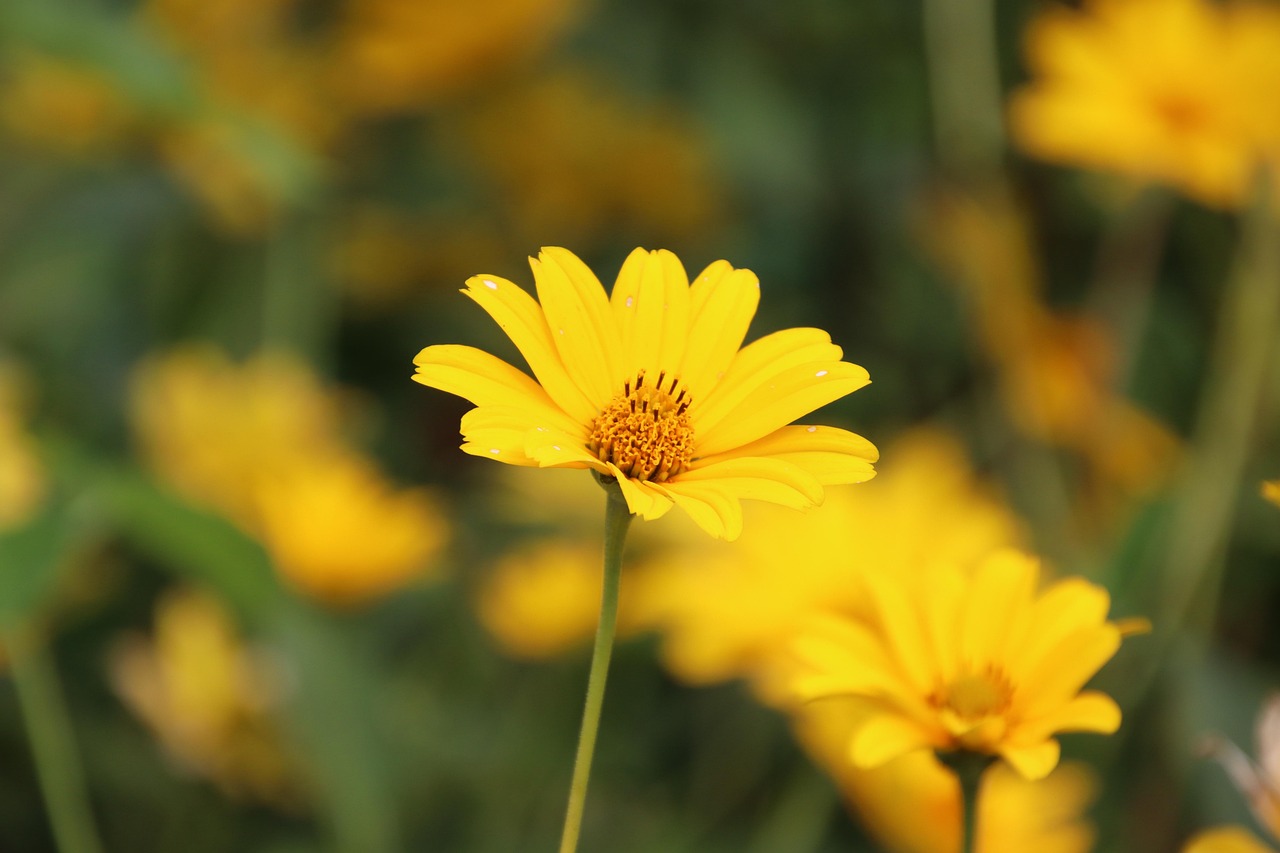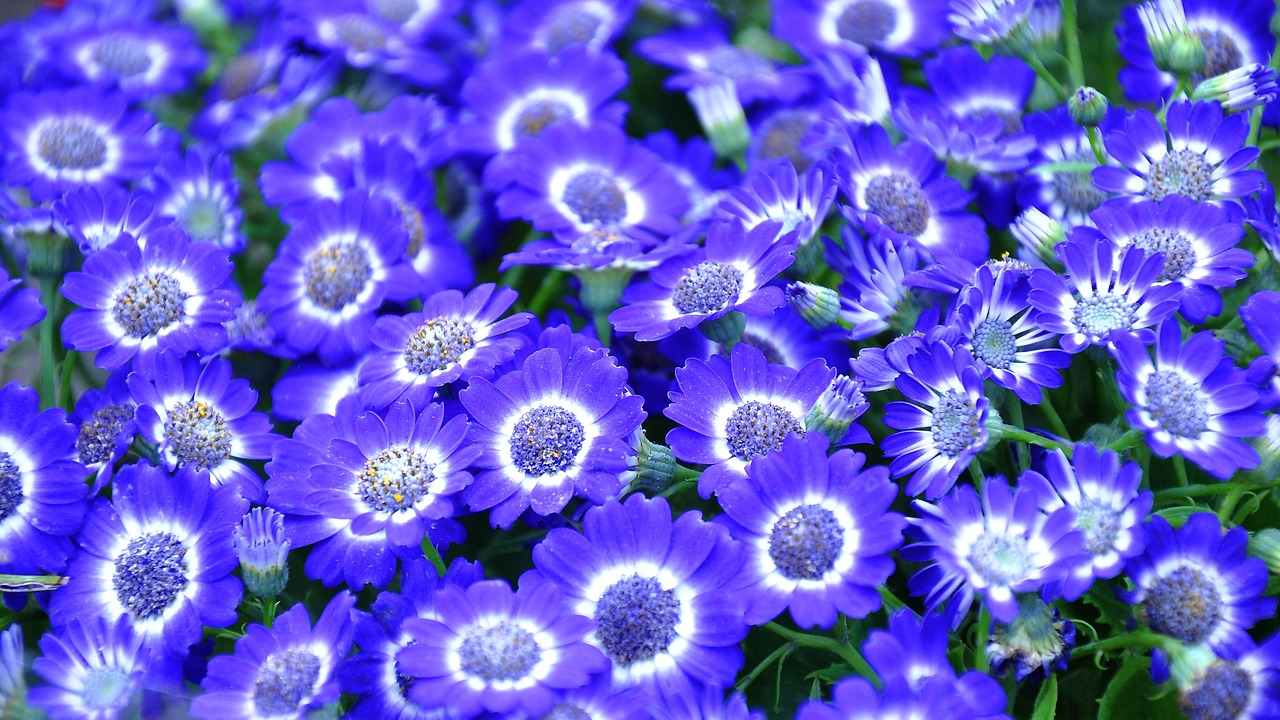Oxeye Daisy | A Symbol of Simple Beauty and Freedom in the European Countryside
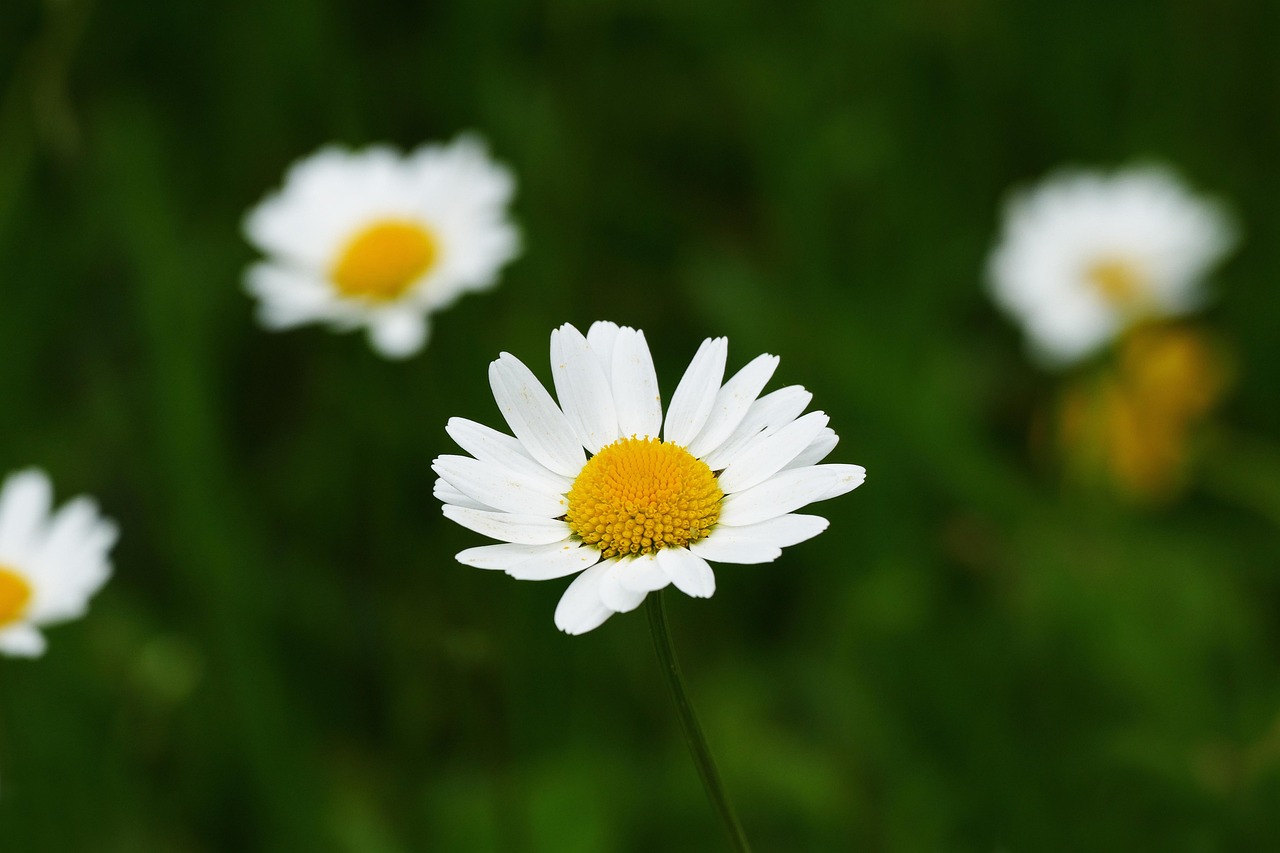
The oxeye daisy (Leucanthemum vulgare) is a perennial plant characterized by its white petals and bright yellow center. With its pure and graceful appearance, it is cherished in many parts of the world.
Reaching a height of 50–100 cm, it brightens early summer landscapes with its fresh charm.
In this article, I will introduce the basic information about the oxeye daisy, its cultural and historical background, as well as tips on how to cultivate it.
Basic Information
- Scientific name: Leucanthemum vulgare
- Family: Asteraceae
- Origin: Europe
- Appearance: Slender white petals with a vivid yellow center. The leaves are serrated and alternate along the stem. The flowers bloom upright at the stem tips, creating an impressive view when growing in clusters.
- Blooming season: May to July
Cultural Significance Around the World
Thanks to its simple and delicate beauty, the oxeye daisy has long been loved as an ornamental flower across Europe and beyond.
In the United Kingdom, it is known as the “Oxeye Daisy” and represents the quintessential wildflower, blending naturally into rural scenery.
In France, it is called “Marguerite” and is often used in love divination games, making it deeply rooted in everyday culture. Its rustic charm frequently appears in poetry and paintings, evoking the image of the French countryside.
In the United States, it has become naturalized and can be seen in parks and along roadsides. It is also a popular choice in naturalistic and wildflower gardens, contributing to landscapes with a wild and natural feel.
Historical Background
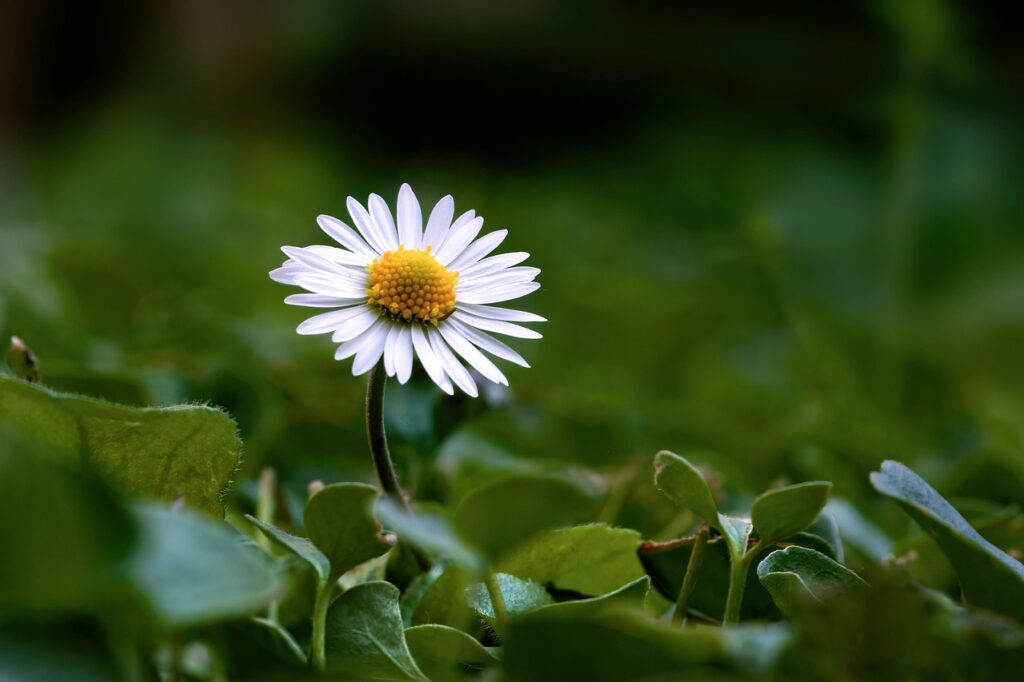
The oxeye daisy has grown wild throughout Europe since ancient times, flourishing in meadows, grasslands, and roadsides.
During the Middle Ages, it was recognized as part of the rural landscape and became deeply tied to agrarian culture.
With the development of plant taxonomy in the late 18th to 19th centuries, the oxeye daisy began to be cultivated in botanical and ornamental gardens, establishing its place as a valued garden plant.
It was later introduced to North America through settlers and horticultural use, where it has now become widely established.
Highly adaptable to various environments, it often naturalizes as a wildflower, yet its ornamental popularity remains unchanged.
Gardening Advice
The oxeye daisy is relatively easy to grow and well-suited for prairie-style or natural gardens. Here are some key points for cultivation:
Sunlight
Prefers full sun, though it can also grow in partial shade (with fewer flowers).
Watering
When planted in the ground, natural rainfall is usually sufficient. In dry periods, water moderately. For potted plants, water when the soil surface becomes dry.
Soil
Thrives in well-drained, slightly dry soil. It adapts to acidic to neutral soils, and adding leaf mold improves growth.
Fertilizer
Requires little fertilizer. A slow-release fertilizer in spring is sufficient. Excess fertilization may cause weak stems.
Pruning
Cut back flower stems after blooming to maintain shape. Deadheading encourages further flowering.
Wintering
Hardy enough to survive outdoors without protection. As a perennial, it blooms again the following year.
Conclusion
The oxeye daisy, with its striking white petals and yellow center, has long grown wild across Europe’s meadows and fields.
Culturally, it has been cherished in both the UK and France as a flower symbolizing simplicity and connection with nature.
Since the 18th century, it has also gained recognition as an ornamental plant and has become naturalized in North America.
With its cheerful appearance and low-maintenance nature, it is ideal for brightening summer gardens and remains a beloved choice among gardeners.
